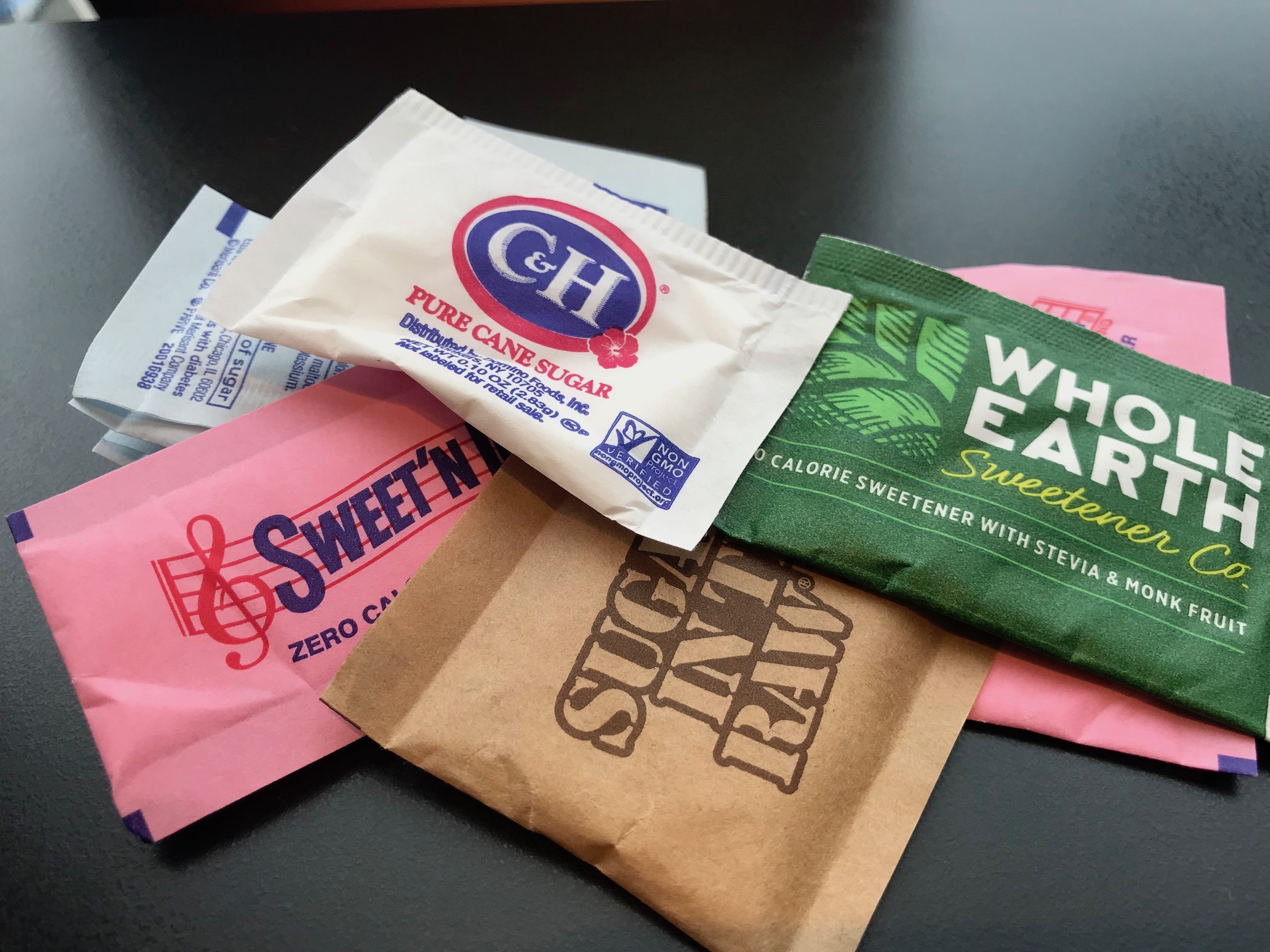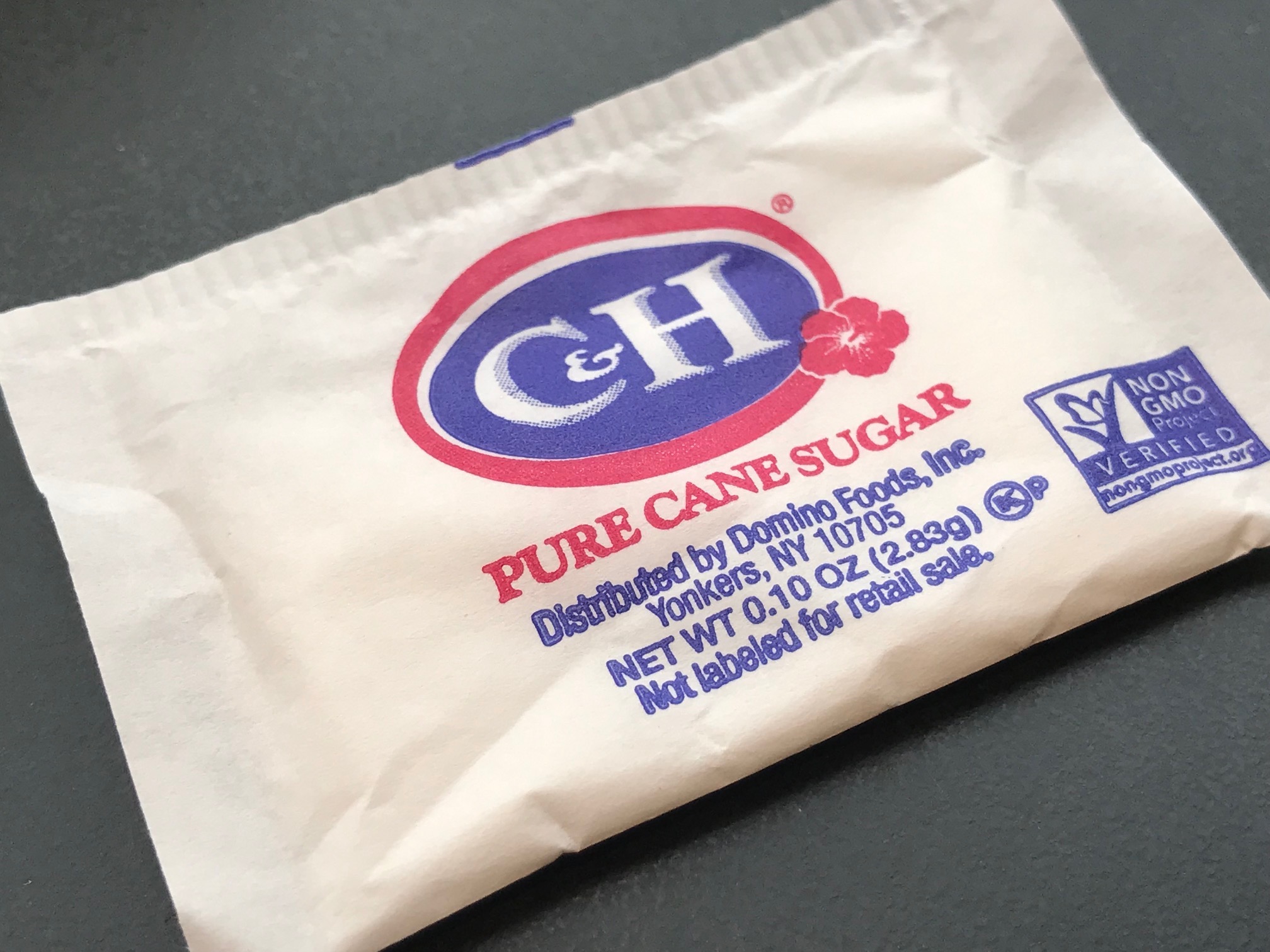The “Sugar Packet Football Field” Illustration: How much Lead in dust does it take to poison a child?
This is an ad-free article.
We removed ads from this article to make it easier for you to read. If you would like to support our independent consumer goods testing by contributing (which will also help us keep our more widely-read articles ad-free), click here. Thank you!
For those new to the Lead Safe Mama website:
Tamara Rubin is a multiple-federal-award-winning independent advocate for childhood Lead poisoning prevention and consumer goods safety, and a documentary filmmaker. She is also a mother of Lead-poisoned children (two of her sons were acutely Lead-poisoned in 2005).
- Tamara owns and runs Lead Safe Mama, LLC — a community collaborative woman-owned small business for childhood Lead poisoning prevention and consumer goods safety.
- Since 2009, Tamara has been using XRF technology (a scientific testing method) using the exact instrumentation employed by the U.S. Consumer Product Safety Commission to test consumer goods for toxicants (specifically heavy metals — including Lead, Cadmium, Mercury, Antimony, and Arsenic).
- Since July of 2022, the work of Lead Safe Mama, LLC has been responsible for 5 product recalls (FDA and CPSC).
- All test results reported on this website are science-based, accurate, and replicable.
- Items that Lead Safe Mama, LLC reports on are tested multiple times to confirm the results published (for each component tested).
- Tamara’s work was featured in Consumer Reports Magazine in February 2023 (March 2023 print edition) and The Guardian in November 2023.
Do you want to see a visual of how much Lead dust it takes to poison a child? Please watch the 2.5-minute trailer for the documentary film I directed on the subject:
MisLEAD: America’s Secret Epidemic, trailer from Tamara Rubin on Vimeo.
- Here’s some background to help you understand how much Lead in house dust it takes to poison a child:
- Lead in dust on floors is considered toxic at levels that are far too low to be measured by an XRF instrument.
- The long-held Federal (U.S.) standard at which Lead was considered unsafe in house dust was “40 micrograms of Lead per square foot“ and above.
- The current updated recommendation (and, hopefully, the soon-to-be confirmed new official Federal standard) is that Lead should be considered unsafe in a child’s environment when floor levels are at or above “10 micrograms of Lead dust per square foot.“
- The scientific recommendation that is the most protective of children’s health (as cited by Dr. Bruce Lanphear in my documentary film) is actually that the hazard level for Lead found in floor dust should really be set at no more than “5 micrograms of Lead per square foot.” Doctors and researchers have been aware that this level was enough to be toxic to children since Dr. Lanphear’s work in the 1990s.
But Tamara, what does that MEAN exactly? What does 5, 10, or 40 micrograms of Lead per square foot LOOK LIKE?
For context, I offer the “sugar packet football field” illustration that so many scientists (including Howard Mielke) have shared with me over the years:
- Consider that an amount of Lead dust equal in volume to one little SUGAR PACKET if spread evenly across an area equal to the size of a football field would create a dust hazard level of about 38 micrograms of Lead per square foot! …
- Imagine a sugar packet’s worth of Lead dust.
- Now imagine the nearly impossible idea of that amount of dust spread evenly across the surface of an entire football field.
- Hopefully, now you can visualize why the dust level that is considered toxic is not even detectable using an XRF instrument (to detect this type of hazard requires an even more sensitive laboratory digestive analysis of a carefully collected dust-wipe sample)!
Said another way:
- If one sugar packet worth of Lead dust would result in nearly 40 micrograms of lead in dust per square foot for a football field then…
- One-QUARTER of a sugar packet’s worth of Lead dust would result in a Lead-in-dust level of about 10 micrograms per square foot across a football field — and then…
- One-EIGHTH of a sugar packet’s worth of Lead dust would result in Lead-in-dust levels of about 5 micrograms of Lead per square foot.
Can you imagine 1/8 of a sugar packet worth of Lead dust spread across a football field? Can you imagine what that would look like? The amount of Lead in house dust that is toxic to children is invisible to the naked eye.
Tonight (3/2/2019) someone asked me a related question: How could I assert that “swallowing a single paint chip would be enough to poison a child”? (Possibly to a significant and serious level of Lead poisoning — even possibly life-threatening — depending on the level of Lead in the paint and the size of the paint chip!)
Here’s a simple answer: If a paint chip is of paint that has a high Lead content, and that paint chip is large enough to be visible to the naked eye, by default (based on the sugar packet illustration above) that is a significant amount of Lead for a child to ingest. It is a much greater concern than any of the dust levels above — all of which are invisible to the naked eye, yet have been thoroughly scientifically documented as enough of a hazard to easily poison a child.
As always, thank you for reading and for sharing articles from LeadSafeMama.com / TamaraRubin.com. Please let me know if you have any questions.
Tamara Rubin
Owner – Lead Safe Mama, LLC
#LeadSafeMama
Never Miss an Important Article Again!
Join our Email List













So that goes the same for your pet as your child right
Lead often poisons pets – and it almost always goes undetected.
T
Hi Tamara,
We had been living in an older home when our baby was born (we are now moving) and just had lead dust testing. About half of the samples came back positive, ranging from floors at levels of 6.0-20.0 micrograms/sqft, and windowsills around 50-60. Also one couch surface on our porch was 38, and one table near a windowsill was 13. So the summary is we have lead dust. The lead testing company was reassuring, though, saying that the windowsills were below the threshold of 100, and though the floors were above the threshold of 10 they were below the clearance threshold for testing after renovations, which is 40. We are moving out regardless, throwing away the rugs, cleaning/washing everything else, etc. But my question is what sort of blood lead levels would be expected from this amount of lead in dust. I’m uncomfortable with ANY lead in dust and feel worried about even these supposedly “low” levels, and I’m wondering if this amount of exposure is simply low enough to keep blood levels below the 3.5 threshold that brings attention to it, and that’s why the thresholds have been allowed to persist? We had our baby tested at 9mo and his levels were 2.3, but that was after being out of the house for four months (except for one visit back during peak crawling for a week six weeks before the test). Just overall worried about his lead exposure in those first four months, wishing we had tested him sooner, and curious to hear your perspective.
The threshold is being lowered to zero – although it might take a while for that to become official. Please read this:
https://tamararubin.com/2017/01/toxic_lead/
Please also watch the film if you have not yet:
https://tamararubin.com/2023/01/a-link-to-my-film/
Tamara
Thank you! This article is so helpful and reaffirms our decision to move out! Have not yet watched the documentary but will do. I’m feeling so worried that we have harmed our baby unknowingly, and hoping we caught it soon enough that there will be little if any effect. Do you happen to know if the article measure duration of elevated levels? As in, are these harmful effects seen only if a child’s lead level is persistently slightly elevated, or is the damage done if they were ever up to 5.0, for example, even if the hazard was immediately caught and the exposure stopped? We had our baby retested at age one, three months after the 2.3 test, and his level came back 1.0. I guess I’m hoping for some reassurance that we have caught the problem soon enough and prevented the lowered IQ, ADHD risk, etc. I’d love to know if this article measured duration of exposure along with level of lead, or age at first exposure, etc.
What your child’s levels demonstrate (from what you have shared) is persistent low level exposure – not a one-time exposure. The film does cover this. My son has permanent brain damage and other significant health issues from a one-time exposure. Both are harmful. Please do watch the film.
T
Hello,
I am reaching out about lead dust and had a question pertaining to . Adults ; when this all happened with your son, did it also happen to you?
I read alot about protecting kids from it and pets but not much about adults.
Thank you in advance
Yes – I have written about that. Here’s the main piece about that:
https://tamararubin.com/2019/07/today-is-my-youngest-sons-11th-birthday-happy-birthday-charlie-parker-eliezer-rubin-the-story-of-how-lead-impacted-his-birth/